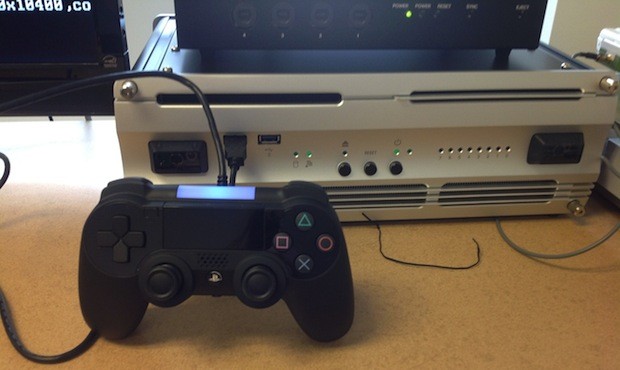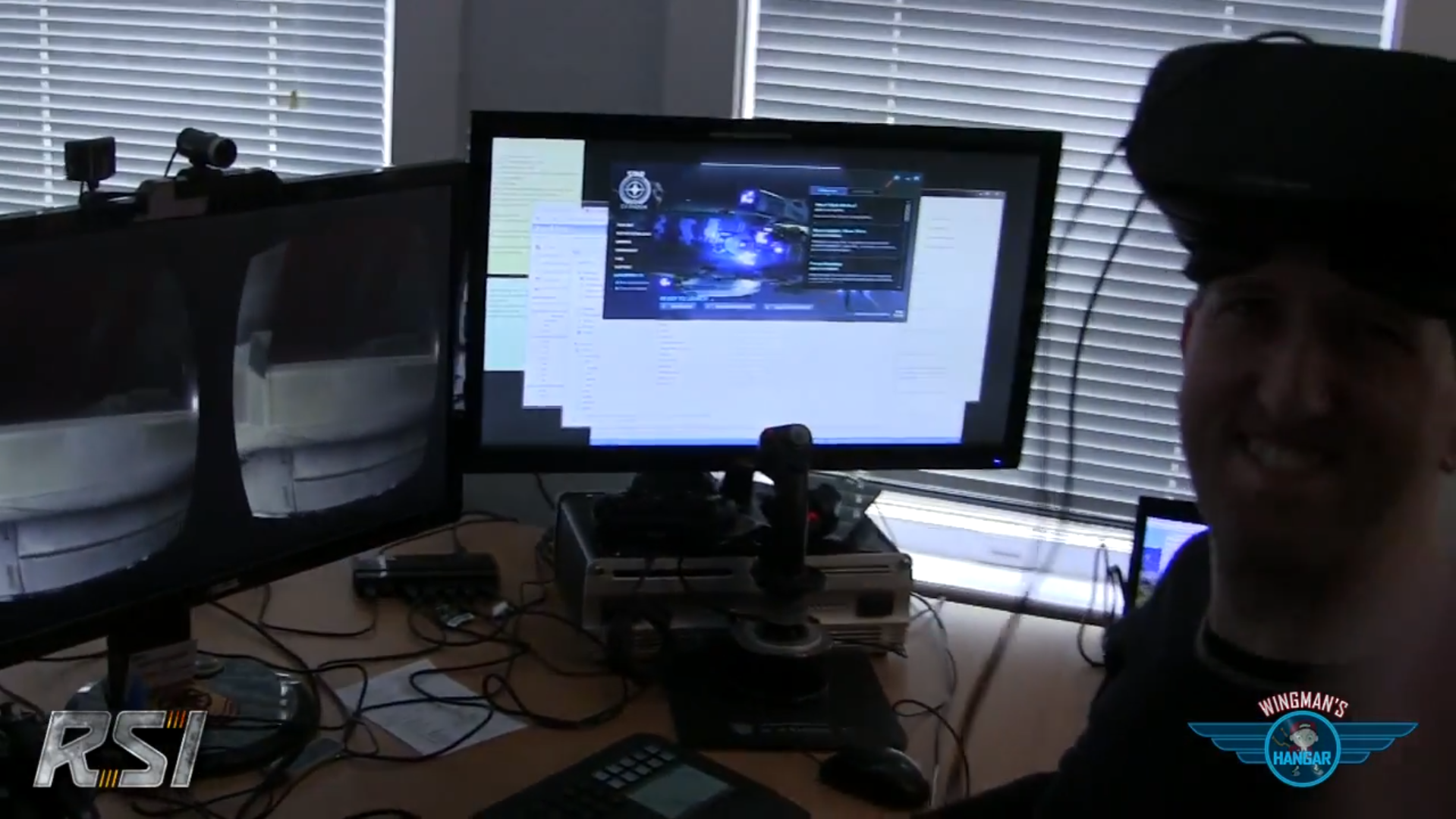AstroZombie
Arcane
Seems like there will be a big sale soon:

Taken from GAF.

Taken from GAF.

Welcome to Honest Hank's used spaceship emporium! We've got some great deals today!
(All ships are sold as-is and all sales are final.)


Do i reed that right that you will have to babysit your wingman and women? like in some party?
Like... talk to them and... take care of their... problems?
Chris Roberts said:Skyflash's summary of what I'm trying to achieve accurately sums up what will underpin the space dogfighting simulation.
And just to re-iterate - the flight model / movement you have seen (and will always see) is 100% Newtonian. All movement of spaceships in gameplay is achieved by applying impulses to the rigid body of the spaceship - either to affect the linear velocity or the angular velocity. There is no cheating / fudging where we introduce fake drag or anything.
As its almost impossible for a pilot to individually control every thruster's attitude and burn to achieve his desired maneuver there is a system which we call the Intelligent Flight Control System (IFCS) that interprets the pilot's input, maps it to a desired result then handles the calculations and control of the thrusters to achieve the result.
I doubt we will ever allow a pilot to try and fly manually and control every thruster individually, but I wont rule it out. But what will definitely happen is that there will be various levels of control / over-ride - you will on a more advanced system be able to specify that your flight inputs are just to control your orientation and not for your velocity vector. There will be other ways to affect how the IFCS behaves - turning off G limiting on certain maneuvers (as the standard system will always operate inside an envelope of safety but a more adventurous pilot may want to push the limits at the risk of blacking out or death to gain that extra edge in a dogfight)
The idea is that the basic / beginner / simple IFCS will be set up to make flying around pretty simple and intuitive. It will take the pilot's inputs and map them to behavior similar to Wing Commander / Privateer - you control the orientation of your ship and set a desired velocity, the IFCS tries to achieve a velocity vector matching your forward vector multiplied by desired speed - which was actually how Wing Commander / Privateer actually worked - it was a basic Newtonian under it all despite popular belief - its why you would "slide" when you hit afterburners and tried to turn - normally there was enough excess thrust for maneuvering to adjust the velocity fairly instantaneously but as the speed got higher it would take a little while to correct to the desired velocity vector.
As you upgrade your IFCS / customize it you will be able to drill down and change its behavior.
The commercials use a combination of this (we have the ability to set a spline curve that the IFCS tries to fly a spaceship along) and occasionally the cinematic artist will hand key positions for "dramatic" effect (for instance the Hornet firing the retro thrusters wouldn't tilt up if you were just arresting velocity - although the IFCS could achieve that if you asked it to - but it looks cool and screams "Top Gun")
I think some of people's confusion (including Codey's) as to whether Star Citizen currently uses correct Newtonian physics stems from the fact that the visual thrust that is displayed from the various thrusters is NOT indicative of the actual thrust being applied - Currently the magnitude of the exhaust flame is showing the magnitude of the component of the delta of velocity between the desired velocity vector and the current velocity vector in the thruster's direction. The direction and flame are really just indicating which component of the velocity vector is being adjusted - so if your sliding sideways due to an aggressive maneuver you'll see the thruster jets firing in the opposite direction as the ship tries to adjust the velocity vector to be aligned with the ships forward vector. I've posted about this before but originally I had the thrusters portraying their thrust and orientation correctly but as there is no drag or force to fight against in space what happened was that the thrusters would oscillate around and flicker off and on, which looked more like a visual glitch or a bug in the system so I switched the visuals (but not the actual physical modeling) to the above system. I intend to take another pass at this and try and have a visual representation that while not 100% accurate (as I believe that will always look silly as the the thruster burns are usually one or two frames maximum given the low velocities the dogfight operates at) will be a lot closer. So you'll see the thruster starting a turn and the opposite thruster deploying to arrest the turn. I think this will help with perception as well as keep the visual elements I want (thrusters gimbaling to apply thrust, cool looking burns).
Codey's ideas and enthusiasm are appreciated and he has some good ideas.
However I'm not looking for a reason to make the dogfighting "more" correct - Codey's suggestion is really another "in-fiction" way of justifying low velocity space dogfighting that handles similarly to atmospheric dogfighting.
The "in-fiction" reason in Star Citizen for the low velocities during dogfighting is due to a human pilots ability sustain large G-forces. If you need rapid and dramatic velocity vector changes (note this is different than orientation changes) unless we have developed a way to sustain / absorb much higher forces than we can presently the top speeds will be naturally limited as the faster you go the smaller vector change you can enact without applying a potentially lethal amount of force on the pilot. Even today most jet fighter airframes can take a lot more G-Force than the pilot. This is probably why in the future most air combat (and probably space combat) will be done with drones - but where's the fun it that?
So in the Star Citizen universe you can go very fast (much faster than during a dogfight) but the faster you go the less maneuvering you can do. During dogfighting the IFCS limits your top velocity for safety reasons (if you start going too fast it will fire retro thrusters to slow you down). I am toying with the idea of a pilot being able to turn this "safety" off to a certain extent (at large magnitudes the physics system breaks down as there isn't enough precision in a 32 bit float). At faster speeds it may either limit how much you can turn (not very helpful if you have a missile on your tail!) or would cause you to back out / die if you told the IFCS to adjust your velocity vector quicker than your body could take.
Due to this travel between distant locations will probably entail a period of linear acceleration and then an equal amount of deceleration as you approach your destination. But during this you wont really be able to make dramatic or quick course corrections which also folds nicely into our "in-fiction" explanation for "auto pilot" or "warp" in system -
Because you will be traveling at velocities several orders of magnitude than while dogfighting you can only every "warp" in a straight line and the ship's systems will pull you out of warp when close to other ships / navigation hazards (like asteroids, planets etc.) as it would be impossible to affect any significant velocity vector change in a short period (the kind that would be needed to avoid a collision) without killing the pilot / crew.
I do think that a local gravity field / effect (Codey's proposal) would be a great way to explain how ships can achieve 0.2c in system without a huge fuel burn - We haven't really detailed out the physics behind "auto-pilot" / "warp" mode in system (which is what the RSI Quantum drive was all about) so maybe we "borrow" some of Codey's system for that as I think its a pretty cool idea. It would be especially handy if due to the "physics" of the gravity field it somehow negated the forces being applied to the pilot / crew so we would have a good in-fiction explanation why we can accelerate to 0.2c in a relatively short order of time but need to keep dogfighting speeds really low due to the inability for the human body to sustain forces above a certain level.

But why... are the fighters... piloted... and... not automated?

Recent and substantial forum posts by Chris Roberts, from the dev tracker:
http://partedveil.com/index.php?dev=croberts68
[...]
I never would have suspected that Star Citizen will model space flight more realistically than Elite: Dangerous. ED devs presume to know what's best, or "most fun", for you and it's going to have ficticious forces which keep you from having too much control over your spacecraft, in addition to a speed limit.

Got the 300i package - Blaine, I'll try and catch you when you're on Steam and you can do that space voodoo thing with the LTI?
Can you still gift LTI ships? Does it make any sense to get one (over buying the backer package).
You sent me a bunch of gibberish, though I see now what you meant to say....
And since we hit this goal before November 26th, the Banu merchantman will be one of the ships available during the sale (you heard it here first!)

a single-elimination deathmatch tournament featuring one-on-one battles between players piloting stock M50s.



They get almost 28 fucking million dollars of donations, and put everything in risk by trying to get more from Sony. Greed is strong here.








